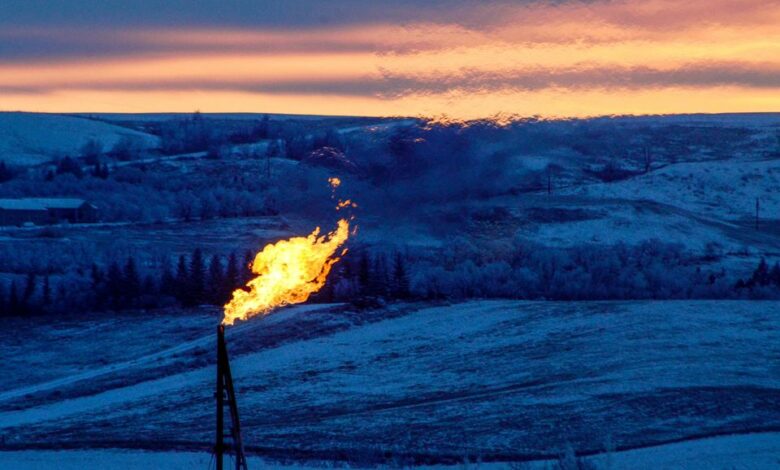
June 30 (Reuters) – Who of the traditional bulls predicted a rally that saw oil prices doubling in the last eight months? The short answer is no one.
Of more than 50 analysts polled by Reuters last October when Brent was hovering near $35 per barrel amid a second large wave of global lockdowns to slow the coronavirus pandemic, almost none dared to predict prices would approach $60.
U.S. bank Goldman Sachs saw second-quarter average prices hitting $57.50 a barrel and much smaller Houston-based consultancy Stratas Advisors had the boldest bet at $60.
As prices have exceeded $75 per barrel this June, the most accurate forecasters predict a further rally fuelled by recovering demand and tight OPEC supply – albeit at a more modest pace.
Overall, the 44 analysts polled by Reuters this month forecast benchmark Brent prices to average about $67.48 a barrel this year, up from the $64.79 consensus in May.
Oil demand was seen growing by 5-7 million barrels per day (bpd) this year.
“The upward range of oil will be limited by the ability of OPEC to bring back supply to address unexpected upward movements in demand and prices,” John Paisie, Stratas Advisors president, told Reuters.
Paisie predicts Brent will average around $75 a barrel in the third quarter and $78.50 in 2022, adding: “One reason that we think that increase in oil prices will be more moderate is the strength of the U.S. dollar.”
A firmer greenback makes oil priced in dollars more expensive in other currencies, potentially weighing on demand.
Goldman Sachs was more bullish, seeing Brent averaging $80 a barrel in the third quarter “with potential spikes well above”, with the global market facing “its deepest deficits since last summer.” read more
Most analysts expect the Organization of the Petroleum Exporting Countries and its allies, or OPEC+, to gradually unwind record output cuts this year, with discussions over easing likely to start in August. read more
Oil’s rally could also face headwinds from a potential U.S-Iran deal that could boost global supplies and a spike in COVID-19 cases, which could undermine demand recovery, participants said.
Analysts saw Iran potentially adding about 1-2 million bpd of output into the global market over the next six months or so.
“The main question is whether Saudi Arabia and other Gulf producers are ready to accommodate Iranian volumes while maintaining a tight control on their cumulative supply under the OPEC+ deal,” said Intesa Sanpaolo analyst Daniela Corsini.
Reporting by Nakul Iyer in Bengaluru; Editing by Arpan Varghese, Noah Browning and Louise Heavens




